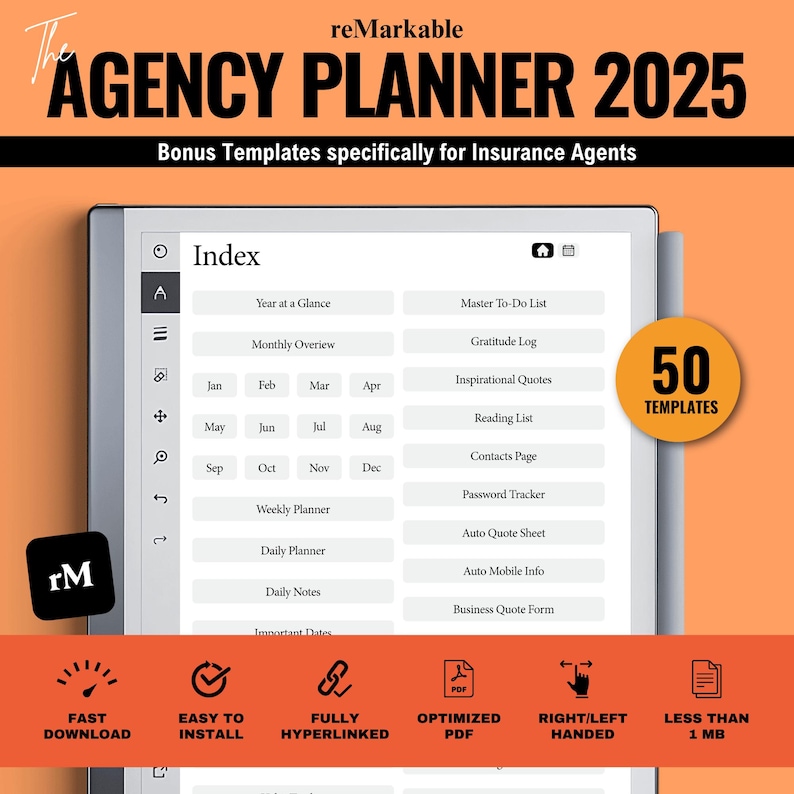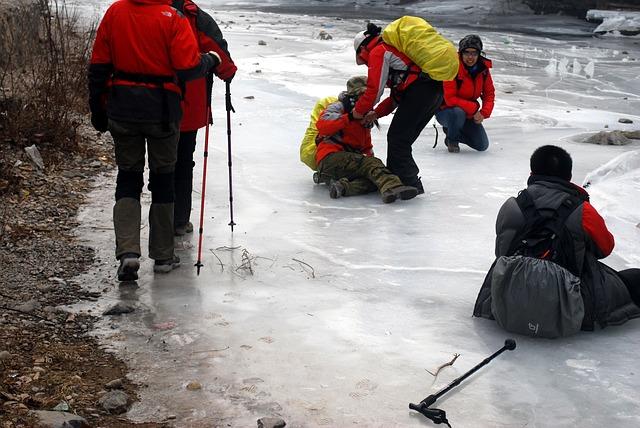Slip and fall accidents are more common than you might think, and they can lead to serious injuries and costly claims. But the good news is, many of these incidents are preventable with just a little bit of awareness and some simple precautions. Whether you’re at home, work, or out and about, staying safe on your feet is easier than ever when you know what to watch out for. In this article, we’ll share practical tips to help you prevent slip and fall claims—keeping you steady, secure, and confident every step of the way!
Table of Contents
- Preventing Slip and Fall Accidents in Your Home
- Identifying Common Hazards and How to Address Them
- Practical Safety Upgrades That Make a Big Difference
- Simple Habits to Keep You Steady and Confident Every Day
- Concluding Remarks
Preventing Slip and Fall Accidents in Your Home
Creating a safer home environment starts with addressing the common trouble spots where slips and falls tend to happen. Keep floors clean and dry, especially in high-traffic areas like the kitchen and bathroom. Consider investing in non-slip mats or rugs that have a strong grip on the floor to prevent unexpected slips. Adequate lighting is also key; well-lit pathways and stairways help you spot any potential hazards before they become a problem. Don’t overlook clutter—keep walkways clear of cords, toys, and other obstacles that can cause trips and stumbles.
Simple adjustments can make a big difference in minimizing risks. Installing grab bars in strategic locations such as bathrooms or near stairs adds extra support, while sturdy handrails ensure safe navigation. Regularly inspect your flooring for loose tiles, torn carpet, or uneven surfaces and repair them promptly. Using contrasting colors for stair edges makes steps more visible, preventing missteps. Remember, a proactive approach not only protects you and your loved ones but also reduces potential claims from accidents that could disrupt your peace of mind.
- Keep floors dry and clutter-free
- Use non-slip mats and secure rugs
- Ensure all areas are well-lit
- Install grab bars and handrails
- Repair damaged floors and stairs promptly
Identifying Common Hazards and How to Address Them
Slip and fall incidents often stem from hazards that might seem minor but can quickly turn dangerous. Wet floors caused by spills or weather conditions are among the top culprits. Similarly, uneven surfaces like cracked pavement, loose rugs, or cluttered walkways can easily trip someone up. Poor lighting in hallways or staircases also increases the risk by hiding potential obstacles or changes in floor levels. Identifying these common dangers early is the first step to preventing injuries and costly claims.
Once these hazards are recognized, proactive measures can drastically reduce risks. Implementing regular maintenance checks ensures spills are promptly cleaned and walkways remain clear. Installing non-slip mats, handrails, and adequate lighting provides essential support and visibility. Encouraging clear signage in potentially slippery areas further raises awareness for everyone. By staying vigilant and addressing these issues head-on, you create a safer environment where accidents are less likely to occur.
- Clean spills immediately
- Repair or replace damaged flooring
- Keep walkways free of clutter
- Use non-slip mats in entryways and bathrooms
- Improve lighting in dim areas
- Install handrails and grab bars where necessary
Practical Safety Upgrades That Make a Big Difference
Implementing a few simple yet effective safety upgrades around your home or workplace can dramatically reduce the risk of slip and fall accidents. Start by installing non-slip mats and treads in high-risk areas such as entryways, stairs, and bathrooms. These provide extra traction, especially on smooth or tiled surfaces where moisture can make floors dangerously slippery. Additionally, upgrade lighting to ensure every step is clearly visible; consider motion-sensor lights in dimly lit corridors and outdoor areas to catch hazards before they become a problem.
Don’t underestimate the power of proper maintenance and clear signage. Regularly inspect floors for cracks, loose tiles, or uneven surfaces that could trip someone up. Use bright, waterproof floor markers or warning signs near any temporary wet spots or repairs. Adding grab bars or handrails in critical zones not only adds stability but also enhances confidence for individuals navigating potentially risky spaces. These practical improvements are straightforward but can save you from costly accident claims and foster a safer environment for everyone.
Simple Habits to Keep You Steady and Confident Every Day
Building steady and confident steps begins with integrating small yet impactful habits into your daily routine. Start by wearing appropriate footwear that offers good grip and support, especially if you navigate slippery surfaces often. Always keep your pathways clear of clutter; this not only reduces tripping hazards but also creates a calm environment that naturally promotes mindful movement. Additionally, developing a habit of pausing and assessing your surroundings before walking can drastically cut down chances of slips or missteps. Your body and mind work best when they anticipate risks, so simple awareness plays a vital role in safety.
Incorporating regular strength and balance exercises into your schedule can empower your muscles to respond quickly and effectively to uneven ground or sudden shifts. Easy routines like standing on one foot or gentle yoga stretches enhance your coordination, boosting confidence in every step you take. Moreover, pay attention to lighting—whether at home or work—and switch on adequate illumination to catch potential hazards early. Remember, prevention thrives on consistency, so reinforce these habits each day and watch your steps become more sure and steady over time.
Concluding Remarks
Staying safe and preventing slip and fall accidents doesn’t have to be complicated. By being mindful of your surroundings and adopting a few simple habits, you can significantly reduce your risk and keep yourself and your loved ones protected. Remember, a little caution goes a long way in preventing injuries and avoiding unnecessary claims. So, stay alert, stay prepared, and enjoy every step you take with confidence! Here’s to safer days ahead!






